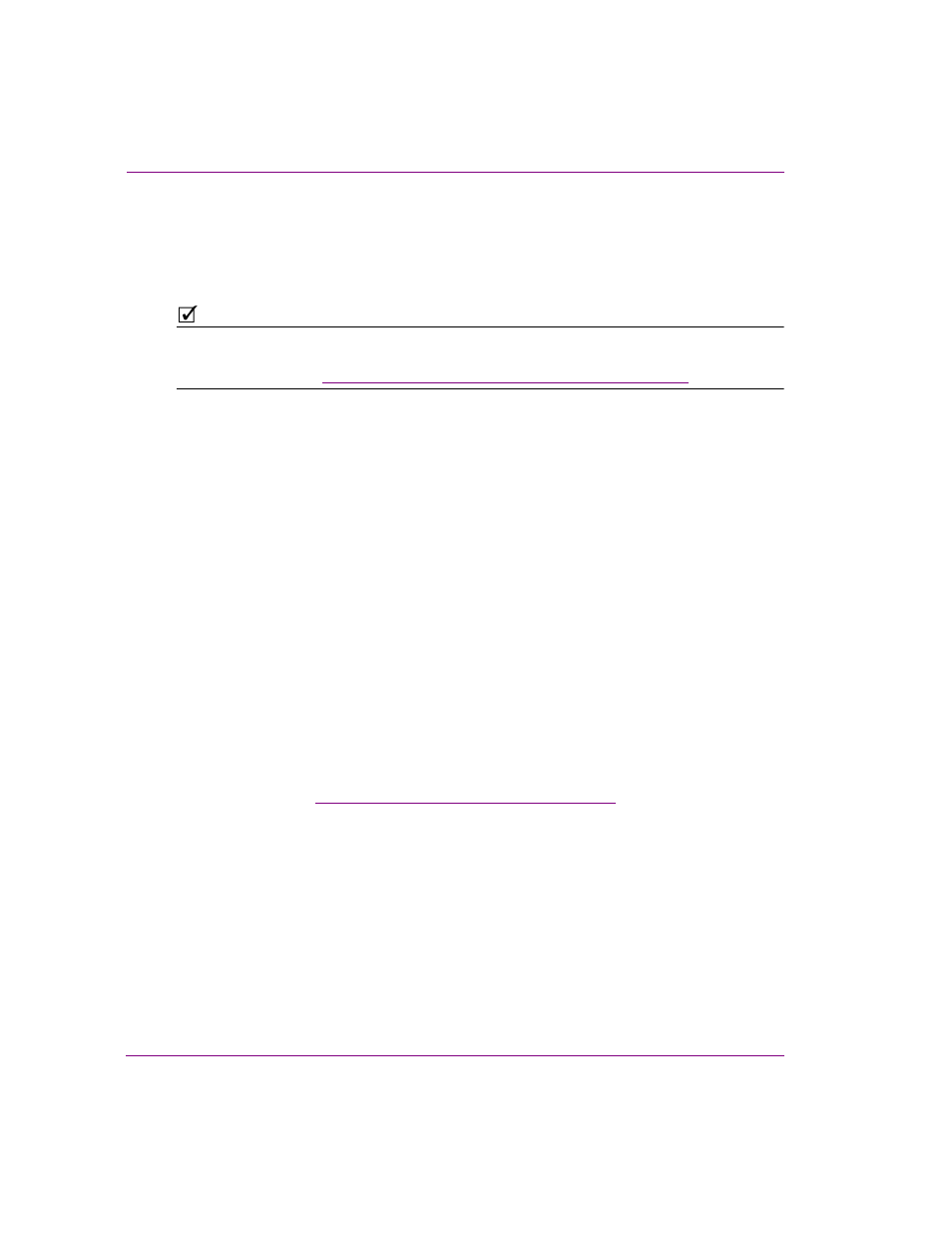Grass Valley Xstudio Vertigo Suite v.4.10 User Manual
Page 237

9-14
Xstudio User Manual
Linking objects to a data source
5.
Enter the number of rows you would like to increment in the I
NCREMENT
field. The
number of items must always be equal to or less than the increment number to avoid
data items being skipped.
6.
Specify the number of data items you would like initially sent from the D
ATA
S
ERVER
to
the output device in the B
URST
field. If no burst is required, leave the count at 0.
N
OTE
For time-sensitive data such as stock quotes, the B
URST
method may not be appropriate,
since data items that have been “bursted” may be out of date by the time they make it to air.
To get around this, see
“Crawl and Roll objects on the scene canvas” on page 6-20
The B
URST
setting is used with crawling or rolling tickers, and ensures that the first data
item will not repeat itself if subsequent data items are not sent to the device in time. If
using the B
URST
setting, it must be reset every time you go to P
RODUCTION
mode. The
steps for doing so are:
a.
Click anywhere in the control panel background, and then display the A
CTION
E
DITOR
(CTRL+E).
b.
Select O
N
L
OAD
from the events listed at left, and then select T
ICKER
C
OMMAND
from the drop-down list of actions.
c.
In the A
CTION
P
ARAMETERS
that display at right, click in the T
YPE
field to access
the drop-down list, and then select R
ESET
. This is what will restart the crawl when
you go to Production mode.
In the T
ARGET
field, enter the
DATA
SOURCE
, e.g.
Data:Schools:SchoolClosures(SchoolName)
.
The data source can be dragged from the Data Manager dialog. Select the ticker to be used
as the target and drag the name of the ticker from the top of the right side of the Data
Manager dialog.
d.
Add another T
ICKER
C
OMMAND
. For this one, select S
TART
as the T
YPE
, and enter
the same T
ARGET
as in the previous step.
7.
To refresh ticker data only after it has gone through the entire table, select the R
EFRESH
ONLY
AT
END
check box.
8.
To have the ticker start running as soon as its host control panel or page is activated,
select the S
TART
B
Y
D
EFAULT
check box (the only way to start it otherwise is by setting
up an action; see
“Assigning an action to an object” on page 10-12
for details).
9.
To have the ticker wrap, select the W
RAP
AROUND
check box. This feature is useful if
your ticker is showing, say, three data items at a time and you want to ensure that if
you reach the end of your table and there are only two items left, that you don’t end up
with a blank item. In this case, if W
RAP
AROUND
were selected the first item from the
table would go to air as the last item.
10. To have the ticker start at the beginning of the table and play again after it has reached
the end, select the L
OOP
check box.
11. Enable the I
NDIVIDUALISED
property when you want to allow each client (template) to
control the state of the ticker independently. For example, if two templates are using an
individualized ticker, one template may choose to stop the ticker while the other may
continue ticking. If the ticker was not individualized, if one template stopped the ticker,
updates would stop on the second template as well.
